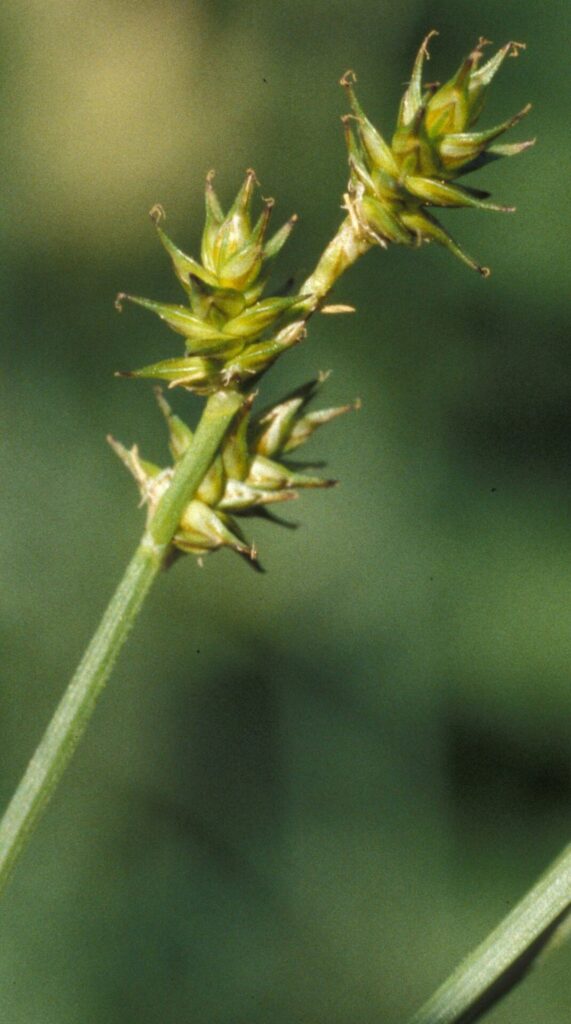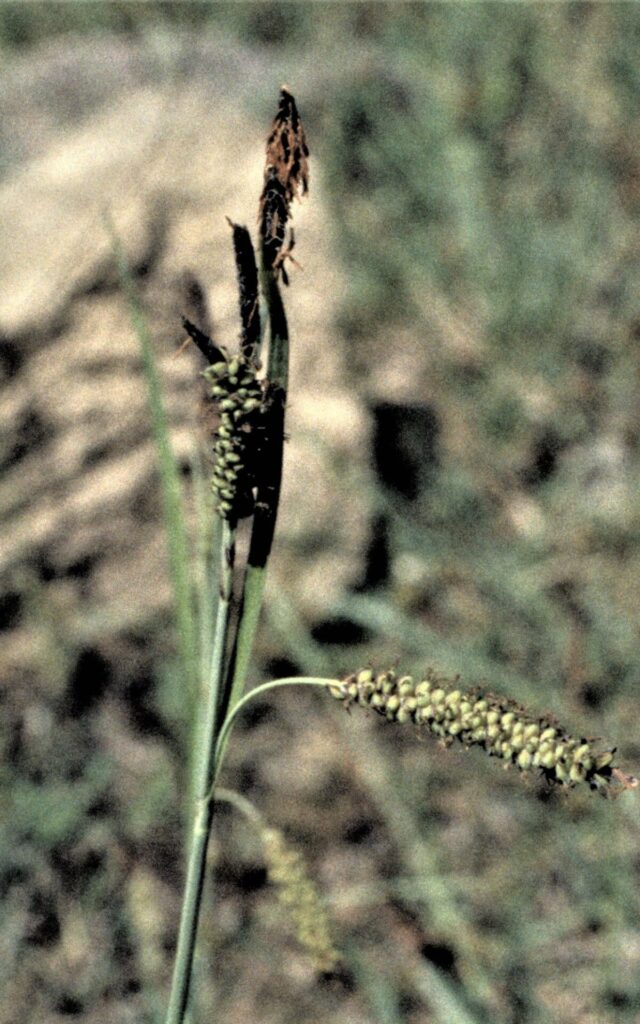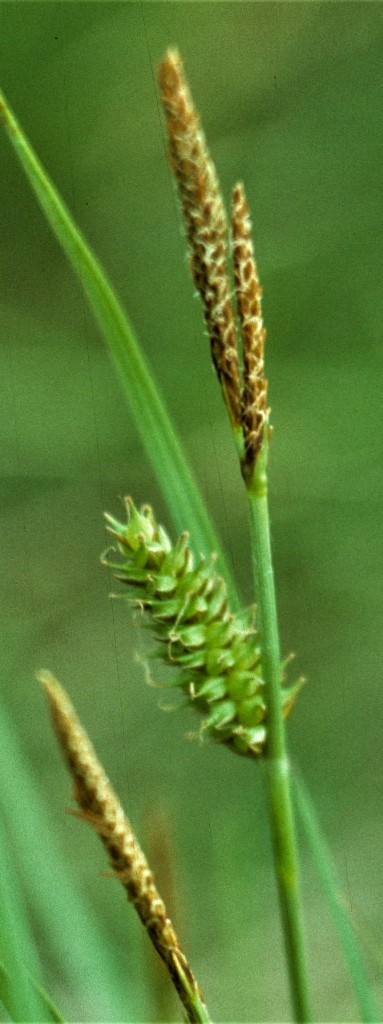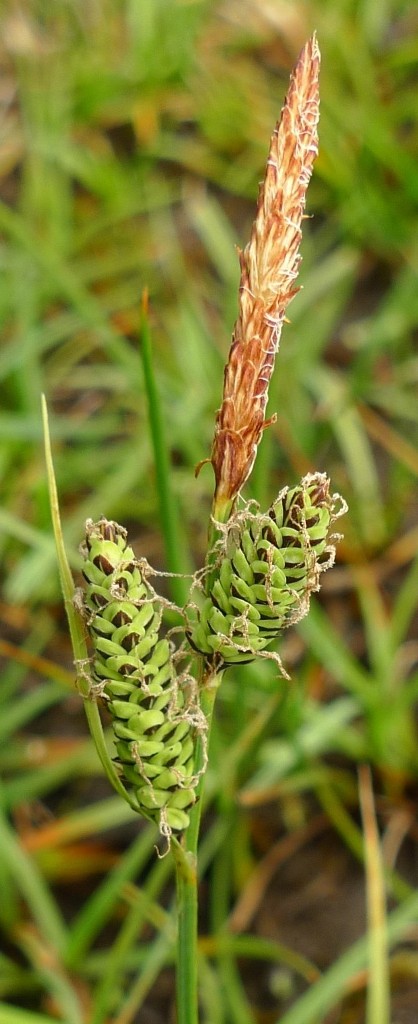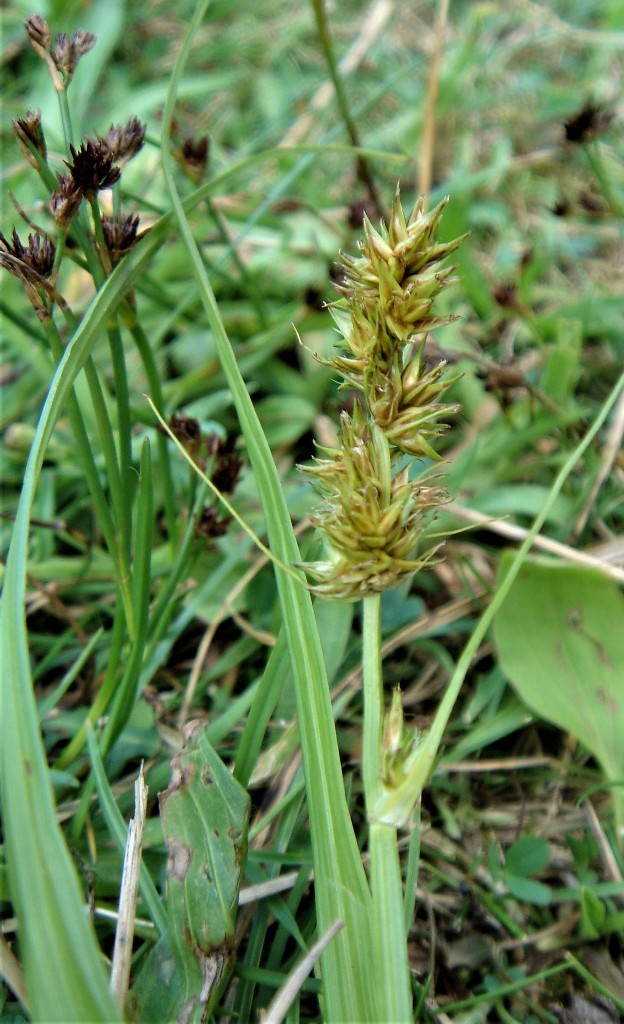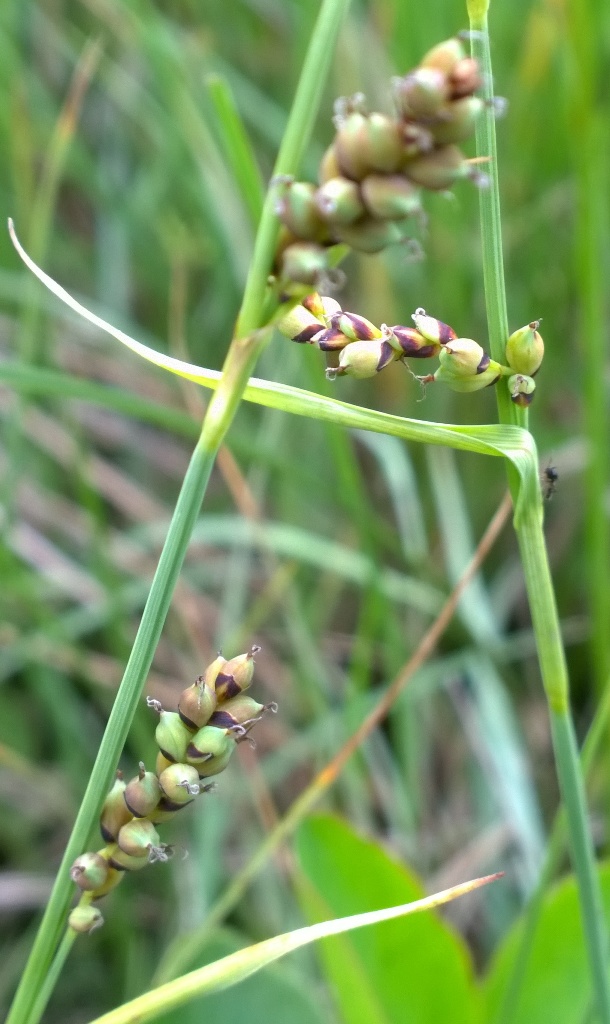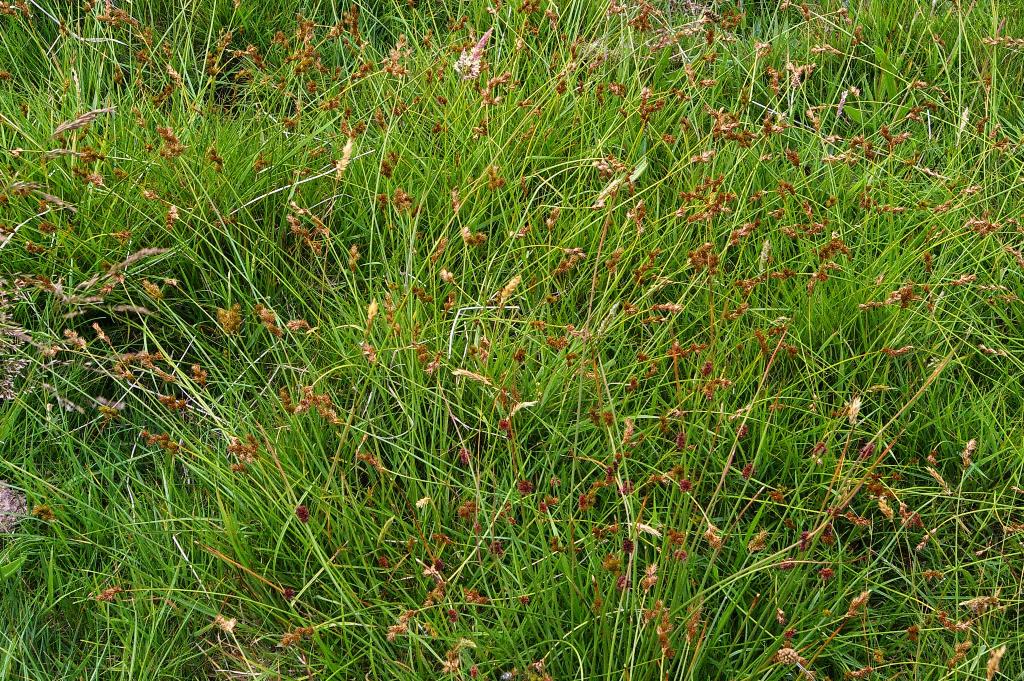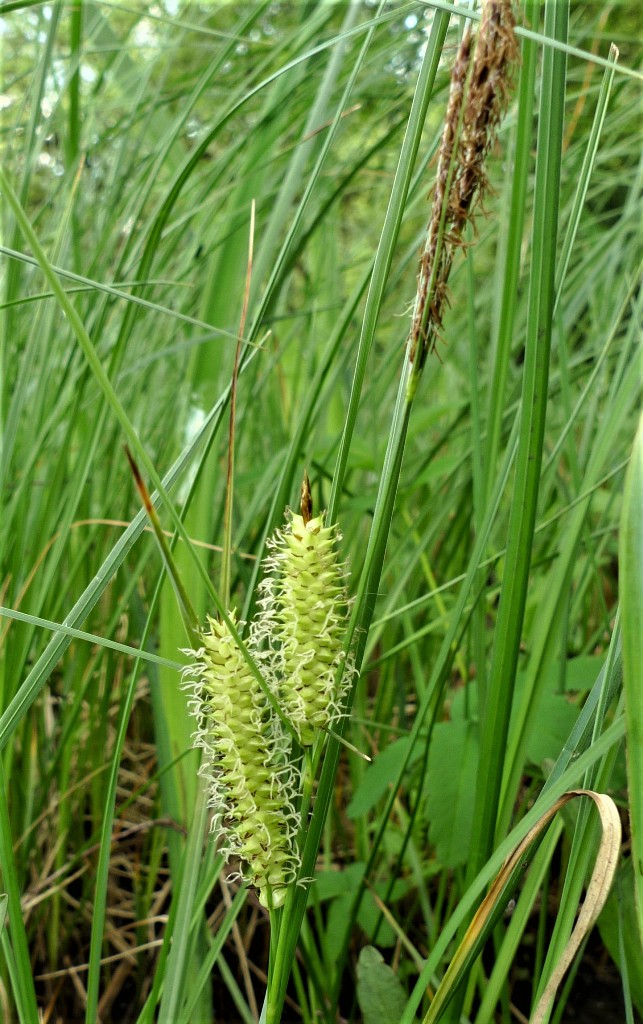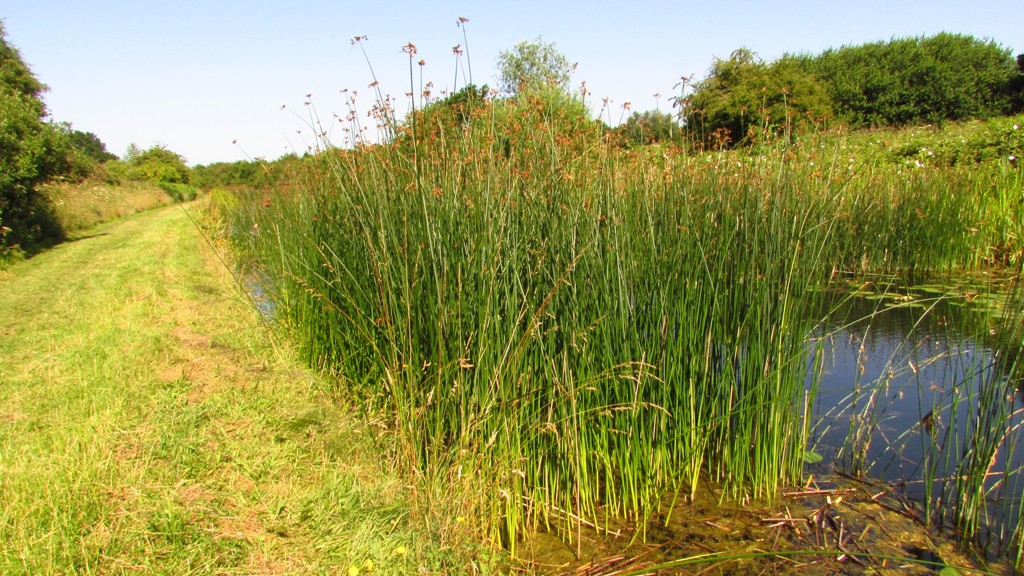
Today I am inspired to write about the members of the large Sedge and Rush family or Cyperaceae. I recently helped my friend Sally harvesting many stems of the Common Club-rush or Schoenoplectus lacustris in order for her to make many beautiful items after they have dried in about 6 weeks time!
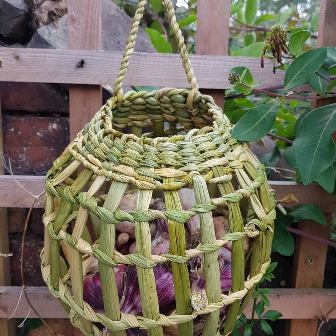
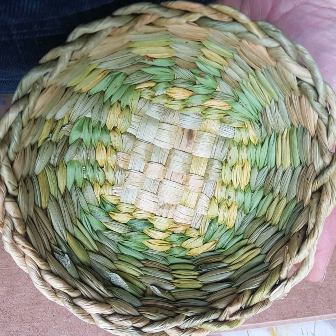
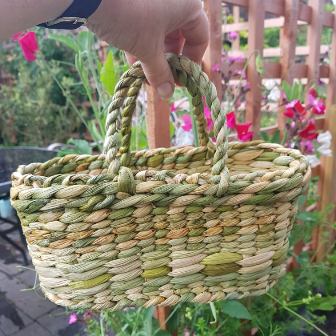
This is an important native plant which can be used to weave mats, baskets or any other implements as you can find out more on the next page and it even got edible and medicinal uses!
It is one of those plants which could feature in a real Ethnobotanical Garden instead of this virtual one to demonstrate all its uses it had in the past but could certainly be again in the future! Below some of the pictures taken by my friend on our recent adventure harvesting the Common Club-rush.

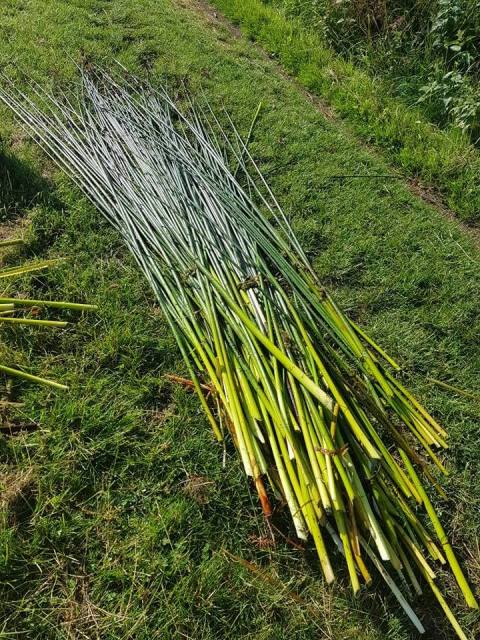
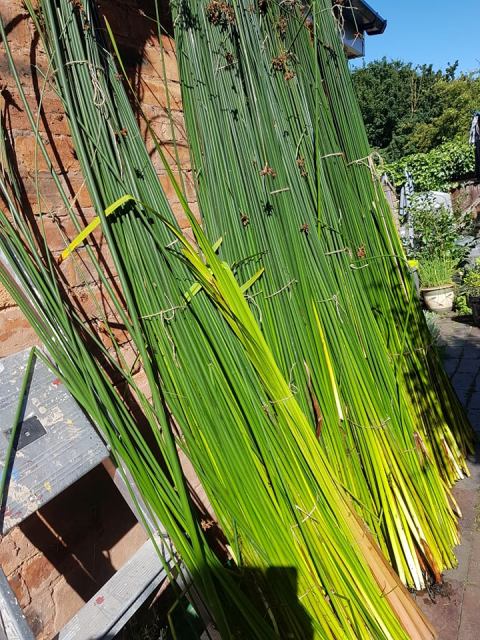
Most information is from specialist websites for which I provide the links for you to find more information and pictures of the plants. I use colour coding for easy reading! Blue background is general interesting info (although I hope you find it all interesting!!). Green is about all the uses except for medicinal uses or if there is a warning in which case I use a pink background. Pictures by Matt Summers or Mike Poulton unless stated.
Please use Jump-links in the Contents to easily find the different members of this large family!
Contents of Cyperaceae
Eriophorum or Cottongrasses
Trichophorum or Deergrasses
Bolboschoenus maritimus or Sea Club-rush
Scirpus sylvaticus or Wood Club-rush
Schoenoplectus or Club-rushes
Schoenoplectus lacustris or Common Club-rush
S. tabernaemontani or Grey Club-rush
S. triqueter or Triangular Club-rush
S. pungens or Sharp Club-Rush
Eleocharis or Spike-rushes
Scirpoides holoschoenus or Round-headed Club-rush
Isolepis or Club-rushes
Eleogiton fluitans or Floating Club-rush
Cyperus or Galingales
C. longus or Galingale
C. fuscus or Brown Galingale
C. eragrostis or Pale Galingale
C. esculentus or Tiger Nut
Blysmus or Flat-sedges
Schoenus or Bog-rushes
Cladium mariscus or Great Fen-sedge
Rhynchospora or Beak-sedges
R. alba or White Beak-sedge
R. fusca or Brown Beak-sedge
Carex or Sedges
C. paniculata or Greater Tussock-sedge
C. arenaria or Sand Sedge
C. riparia or Great Pond Sedge
C. canescens or White Sedge
C. disticha or Brown Sedge
C. ovalis or Oval Sedge
C. remota or Remote Sedge
C. echinata or Star Sedge
C. hirta or Hairy Sedge
C. sylvatica or Wood Sedge
C. flacca or Glaucous Sedge
C. caryophllea or Spring Sedge
C. pilulifera or Pill Sedge
C. nigra or Common Sedge
C. pendula or Pendulous Sedge
The Common Club-rush is one of the members of the large Sedge family or Cyperaceae which is number 176 in Stace. It is before the Grass family (177) and after the Juncaceae (175) or real Rush family, which is another family to write about in next post!
These are all very ‘grass-like’ plants but with their own anatomy and flower structures. It is a specialist subject all together to get to know these monocot families as the individual flowers and structures are so much more delicate then those of the flowering plants! They are all fascinating and beautiful of course and you can learn a little about how to identify these by getting specialist books:
- Grasses, Sedges, Rushes: An Identification Guide. Apparently this little book also writes about all their uses!
- Collins Pocket Guide of Grasses, Sedges, Rushes & Ferns with simple to use keys and distribution maps and good illustrations. I can recommend this. I originally bought it for just under £15.
- Start to identify Sedges and Rushes by NHBS
- Sedges of the British Isles by NHBS or for some basic knowledge:
- NATURESPOT: Grasses, Rushes & Sedges a picture gallery
- Introduction to Sedges by Lizzie Harper
First a little about the entire family and a list of the different genera & species which are native and useful in one form or another to us people.
Eriophorum or Cottongrasses
has 4 native species:
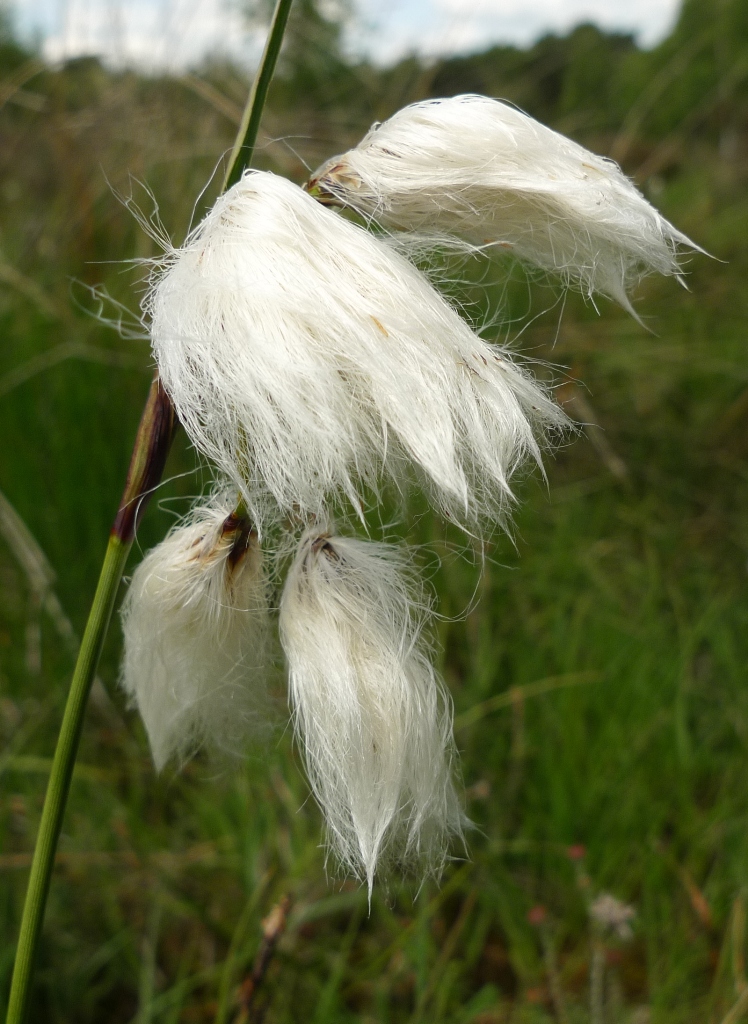

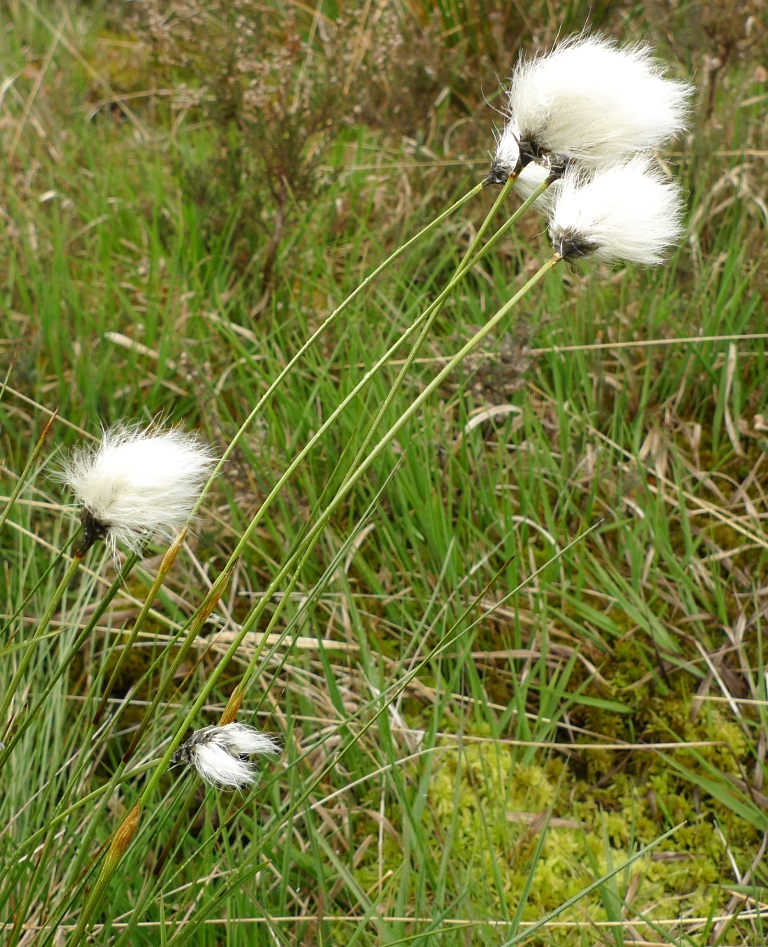
Eriophorum angustifolium or Common Cottongrass
A rhizomatous perennial of open, wet, peaty ground, usually acidic but also occurring in calcareous flushes, sometimes colonizing peat-cuttings and often growing in standing water. Its habitats range from upland blanket bogs and hillside flushes to wet heaths and marshy meadows in the lowlands.
Paper and the wicks of candles have been made of its fiber, and pillows stuffed with the same material.
The leaves were formerly used in treating diarrhea, and the spongy pith of the stem for the removal of tapeworm.
Young stem bases – raw or cooked. Usually cooked and eaten with oil. Root – raw or cooked. The blackish covering should be removed.
- Eriophorum gracile or Slender Cottongrass
- Eriophorum latifolium or Broad-leaved Cottongrass
- Eriophorum vaginatum or Hare’s-tail Cottongrass
Trichophorum or Deergrasses
Has 4 native species but no known uses:
- T. alpinum or Cotton Deergrass
- T. germanicum or Deergrass
A densely tufted perennial herb of peaty moors and bogs over acidic soils, persisting in burnt and even heavily deer-grazed areas. It is also local on open ground on wet lowland heaths, where it often avoids the wettest sites and favours grazed, burnt and trampled areas.
- T. cespitosum or Northern Deergrass
- T. × foersteri (=T. cespitosum × germanicum)
Bolboschoenus maritimus or Sea Club-rush
Scirpus sylvaticus or Wood Club-rush

Schoenoplectus or Club-rushes
has 4 native species which are all useful:
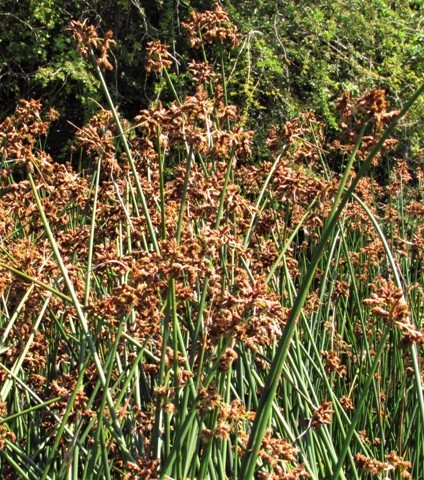

Schoenoplectus lacustris or Common Club-rush
A rhizomatous perennial herb of standing or flowing fresh water, in conditions ranging from eutrophic and base-rich to oligotrophic and base-poor. Substrates include silt, clay, peat or gravel. It occurs in ponds, lakes, canals, dykes and slow-moving rivers, usually in water 0·3–1.5 m deep, but it can also be found at greater depths.
This is the plant we harvested this morning and are growing abundantly in the canals near Walsall!
The stems are used in weaving and basket making. They are used to make good quality mats for use on the floor, for sleeping on and for making temporary partitions.
The roots are astringent and diuretic. They were formerly employed medicinally but have fallen into disuse. This plant is a traditional medicine for cancer.
Root – raw or cooked. Rich in starch, it can be dried and ground into a powder or made into a syrup. The buds at the end of the rhizomes are crisp and sweet, making excellent eating raw. Young shoots – raw or cooked. Used in spring. Seed – ground up into a powder and mixed with flour for use in making cakes etc. The seed is small and rather fiddly to harvest and utilize. Base of mature stems – raw or cooked. Somewhat tough. Pollen – raw or cooked. Rich in pollen, it is mixed with flour and used in making cakes etc.
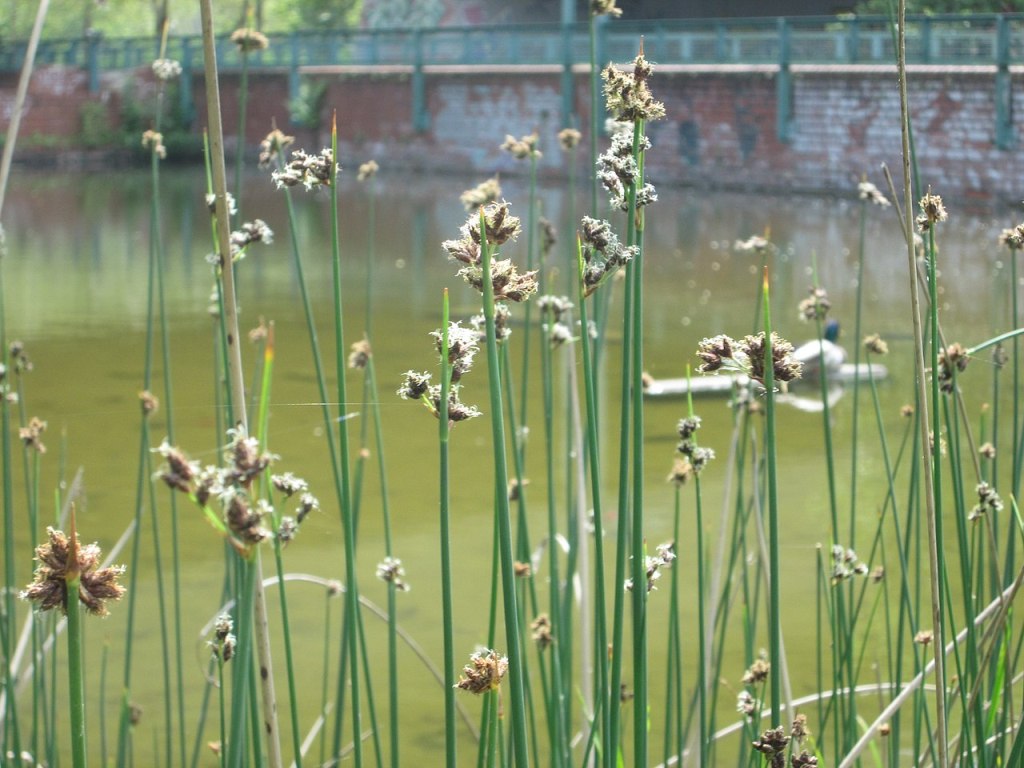
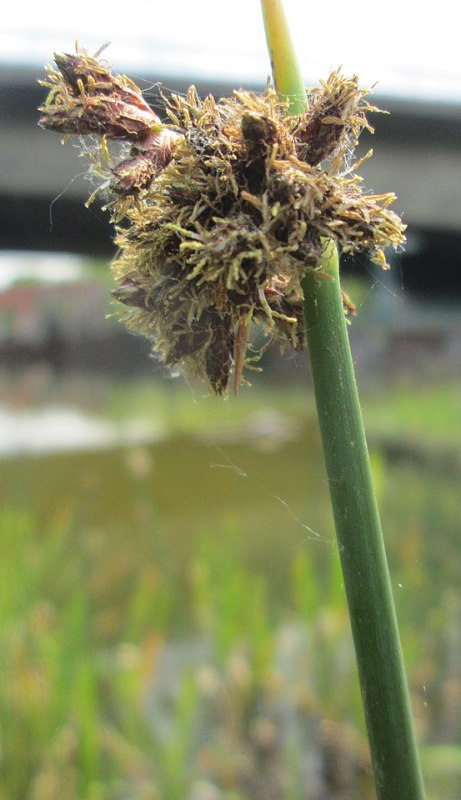
S. tabernaemontani or Grey Club-rush
(for more pictures see here)
Root – raw or cooked. Rich in starch. The root contains a small amount of starch. The sweet roots are eaten raw in mid summer. The bruised young roots, when boiled in water, furnish a sweet syrup. The rhizomes are 3 – 10mm in diameter. Young shoots – cooked. The tender base of the stem is eaten raw in salads. The pollen is used in soups or mixed with flour and used in making bread. It is rich in protein. Seed. No further details are given but it is probably ground into a powder and used in making bread etc. The seed is small and rather fiddly to harvest and utilize.
The root is astringent and diuretic. The stem pith is haemostatic. A poultice of the stem pith has been placed under a dressing in order to stop wounds bleeding.
The stems are used in weaving and basket making. They are used to make good quality mats for use on the floor, for sleeping on and for making temporary partitions. The stems are pulled off the plant rather than cut to ensure the maximum length of stem.
A cultivar of this species with bright horizontal white or yellowish stripes: S. tabernaemontani ‘Zebrinus’, is sold as an ornamental plant for water gardens and landscaping. Solid white and yellow cultivars are also available.
S. triqueter or Triangular Club-rush
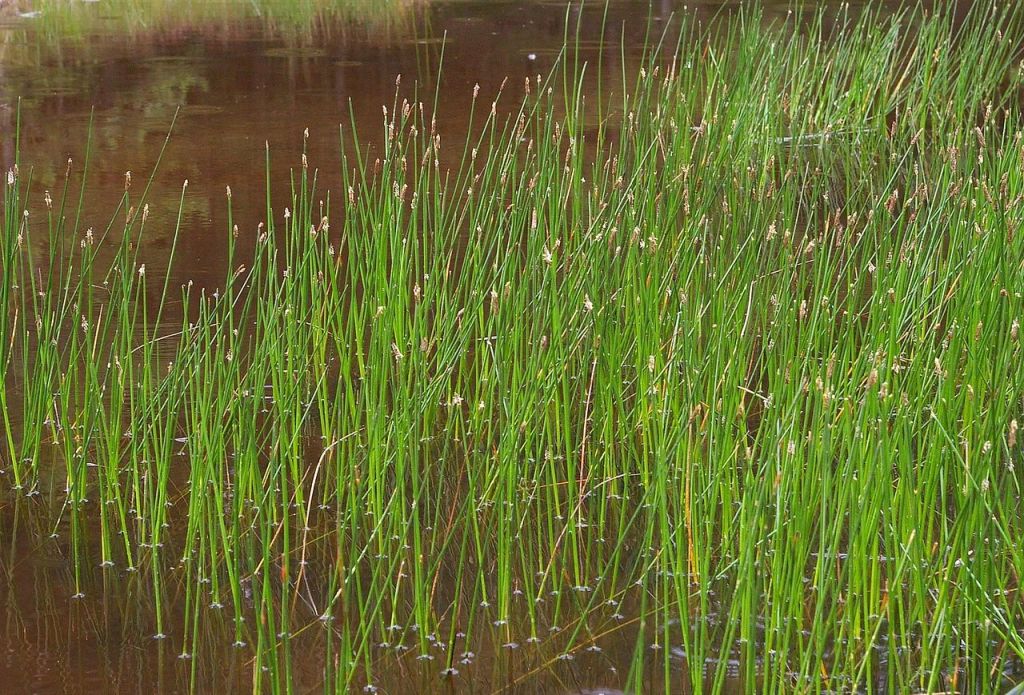
Eleocharis or Spike-rushes
Has 7 native species but no known uses for those.
- Eleocharis acicularis or Needle Spike-rush
- E. mamillata subsp. austriaca or Northern Spike-rush
- E. multicaulis or Many-stalked Spike-rush
- E. palustris or Common Spike-rush and E. palustris subsp. palustris
- E. parvula or Dwarf Spike-rush
- E. quinqueflora or Few-flowered Spike-rush
- E. uniglumis or Slender Spike-rush
One of the best known species, but not native, is the Chinese water chestnut, Eleocharis dulcis. These plants bear tubers on their rhizomes which may be peeled and eaten raw or boiled. In Australia, magpie geese rely almost exclusively on these tubers for sustenance for a significant portion of the year.
Scirpoides holoschoenus or Round-headed Club-rush
Isolepis or Club-rushes
has 2 native species:
Eleogiton fluitans or Floating Club-rush
Cyperus or Galingales
This genus has about 700 species worldwide with several of them having uses according to Wikipedia.
It has 2 native species and 1 introduced + naturalized.
Cyperus longus or Galingale
A native in Britain and the Channel Islands and a neophyte in Ireland.
A rhizomatous perennial herb of marshes and wet pastures near the coast, and sometimes in base-rich flushes on sea-cliffs. It also occurs on pond margins and in ditches inland, where it is usually planted. As a native it is southern and western in distribution. Reproduction is through vigorous rhizomatous spread, and it may not set seed in Britain.
- The thick, long, yellowish rhizomes of these plants are traditionally harvested to distil a sweet-scented oil which is used in the perfume industry.
- The stalks were formerly traditionally processed into paper.
- It is used at present as an ornamental plant, used for lining ponds.
There were also folk medicines made from this plant in Europe, the rhizomes being used for stomach aches and the onset of dropsy.
Medicinal Uses: (extract of original text in Vlemisch by Rudy Vercauteren) and translation below.
Rood cypergras is een medicinaal gras dat vroeger met wortel en al gedroogd werd en in poedervorm (al dan niet gemengd met andere kruidenpoeders) gegeten op brood en/of gedronken in verwarmde wijn (dus met weinig of geen alcohol) tegen infecties en besmettingen zoals gordelroos, bronchitis of griep. Dit poeder werkt op het lymfe- en het afweerstelsel waardoor verkoudheden, al dan niet met oorsuizingen, vlugger worden verholpen en het hart en de lever minder te lijden krijgen door allerlei verweringen tegen besmettingen, ook wanneer het in zalven verwerkt wordt voor uitwendig gebruik.
Thee enkel van de wortel bevordert het urogenitaal stelsel waarbij zowel de nieren als de
baarmoeder en de maandstonden gestimuleerd worden. Het zaad geweekt in water en dit samen gedronken daarentegen heeft het tegenovergestelde effekt, namelijk dat het overvloedige maandstonden stopt. Wie dit zaad teveel zou innemen echter krijgt er hoofdpijn van, volgens de oude kruidenkundigen, wat kan duiden op hoge bloeddruk omwille van blokkades in het onderlichaam. De gedroogde wortel van Rood cypergras heeft een zoete geur en wordt nu nog slechts gebeurlijk in parfums gebruikt.
‘Galingale’ is a medicinal gras which used to be dried, root and all into a powder form and sometimes mixed with other herbs and consumed on bread or drank in heated wine (so with little or no alcohol) to help against infections and ailments such as shingles, bronchitis or flu. The powder works through the lymphatic and imune system so that colds, tinitus are more quickly resolved and the heart and liver aided against contamination also in the form of ointments for external use.
Tea made from the root promotes the urogenital system, helping the kidneys, ovary and stimulating the periods. But the seed of Galingale soffened in water causes the opposit and stops heavy periods. Consumption of too much seed can cause headaches according to the ancient herbalists. in other words: High Blood pressure because of obstructing the lower abdomen.
The dried root of Galingale has a sweet perfume and is occasionally used still in perfumes.
This is the plant most likely to be used by Hildegard von Bingen
About Hildegard in brief:
Hildegard of Bingen (c. 1098 – 17 September 1179), also known as Saint Hildegard and the Sibyl of the Rhine, was a German Benedictine abbess and polymath active as a writer, composer, philosopher, mystic, visionary, and as a medical writer and practitioner during the High Middle Ages.
Hildegard’s medicinal and scientific writings, although thematically complementary to her ideas about nature expressed in her visionary works, are different in focus and scope. Neither claim to be rooted in her visionary experience and its divine authority. Rather, they spring from her experience helping in and then leading the monastery’s herbal garden and infirmary, as well as the theoretical information she likely gained through her wide-ranging reading in the monastery’s library.
She became well known for her healing powers involving the practical application of tinctures, herbs, and precious stones. She combined these elements with a theological notion ultimately derived from Genesis: all things put on earth are for the use of humans. In addition to her hands-on experience, she also gained medical knowledge, including elements of her humoral theory, from traditional Latin texts.
Hildegard catalogued both her theory and practice in two works. The first, Physica, contains nine books that describe the scientific and medicinal properties of various plants, stones, fish, reptiles, and animals. This document is also thought to contain the first recorded reference of the use of hops in beer as a preservative. The second, Causae et Curae, is an exploration of the human body, its connections to the rest of the natural world, and the causes and cures of various diseases.
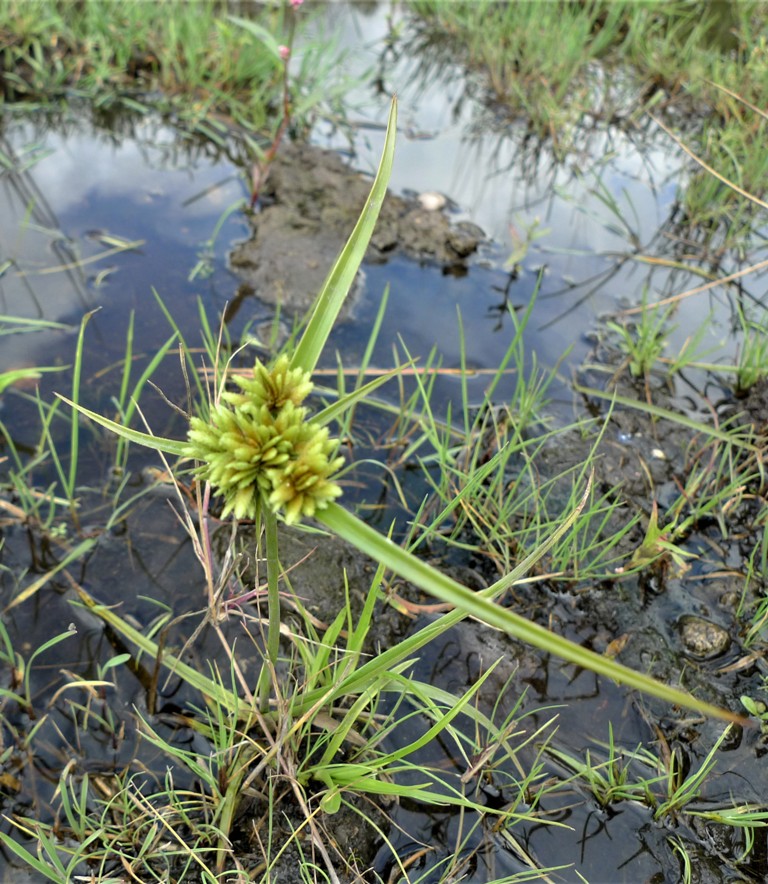
- C. eragrostis or Pale Galingale is introduced probably as an ornamental pond plants and can be invasive in some areas.
- C. esculentus or Tiger Nut is one of the oldest cultivated plants in prehistoric and Ancient Egypt and can sometimes be found as a novelty. It is cultivated for its edible tubers, called earth almonds or tiger nuts, as a snack food and for the preparation of horchata de chufa, a sweet, milk-like beverage.
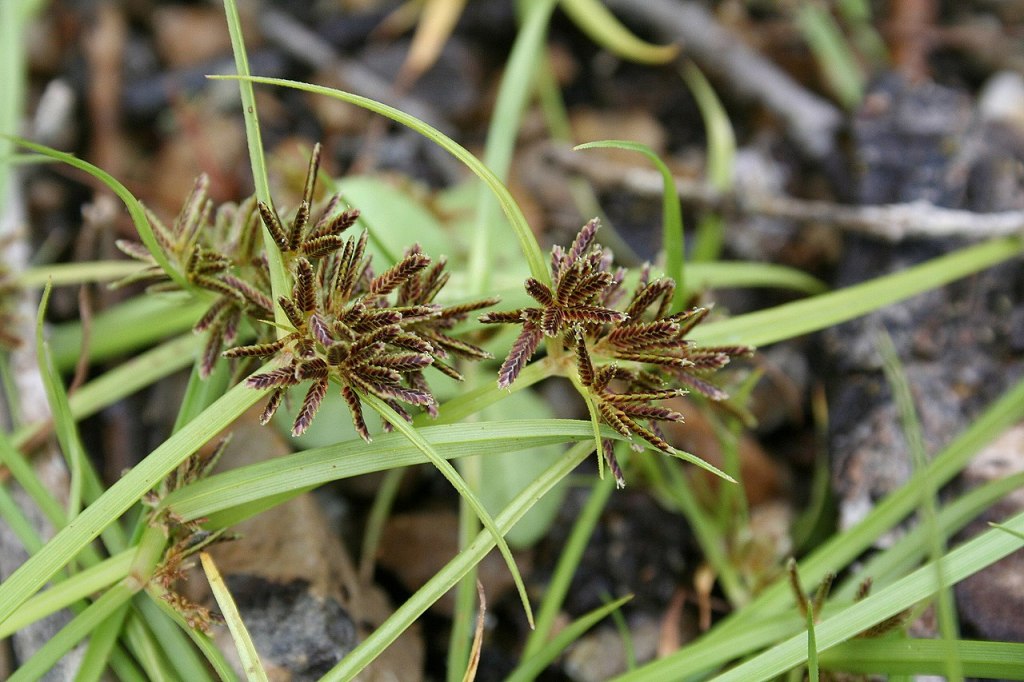
- Cyperus fuscus or Brown Galingale is one of 101 species named as a priority for conservation by the conservation charity Plantlife.
Blysmus or Flat-sedges
Has 2 native species:
Schoenus or Bog-rushes
Has 2 native species:
Cladium mariscus or Great Fen-sedge
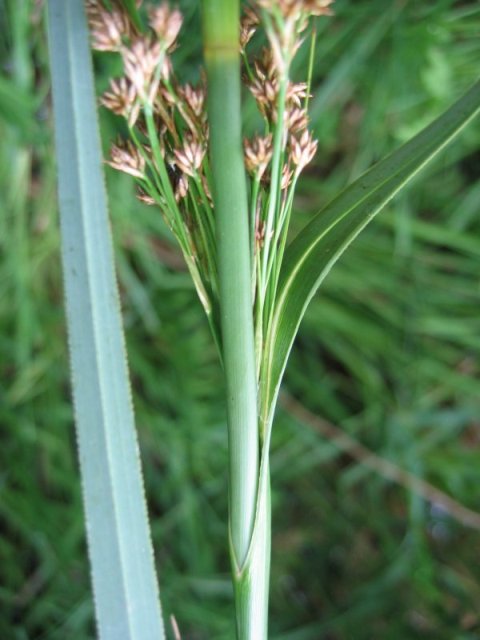
This can be up to 2.5 metres (8 ft 2 in) tall, and has leaves with hard serrated edges. In the past, it was an important material to build thatched roofs; harvesting it was an arduous task due to its sharp edges that can cause deep lacerations.
Rhynchospora or Beak-sedges
Has 2 native species:
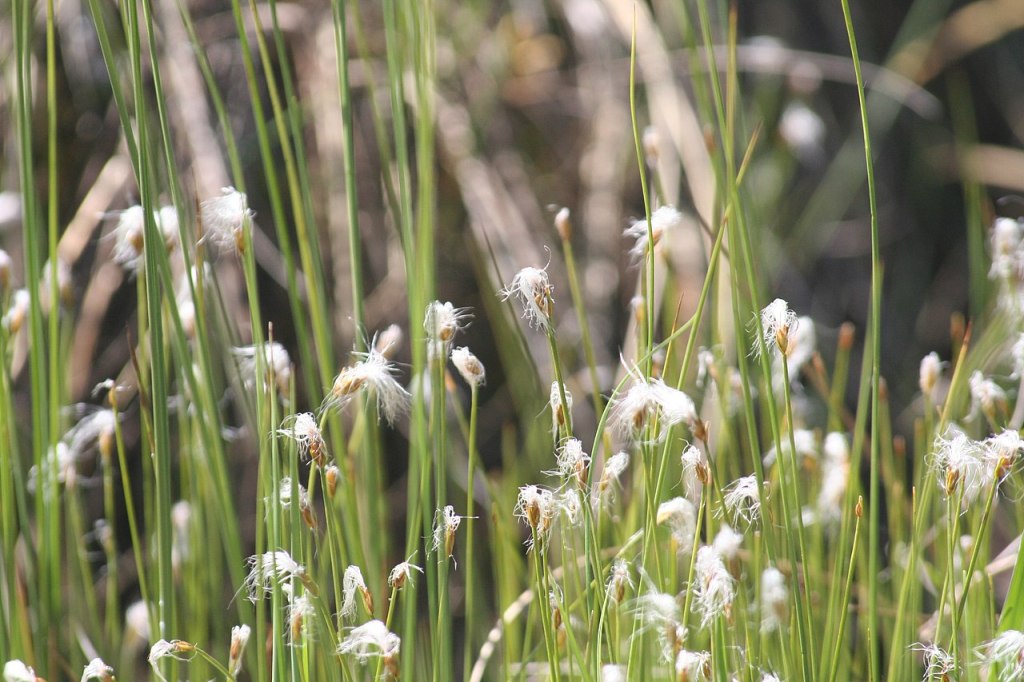
R. alba is sometimes used as an ornamental plant in the UK.
Carex or Sedges
The genus has more than 2000 species worldwide and on the British Isles there are 78 known species according to Stace divided into 3 subgenera to aid identification. In the Birmingham and Black Country Flora there are 37 listed.
I will just mention a few more common and distinct Sedges as it is just too many for my post!
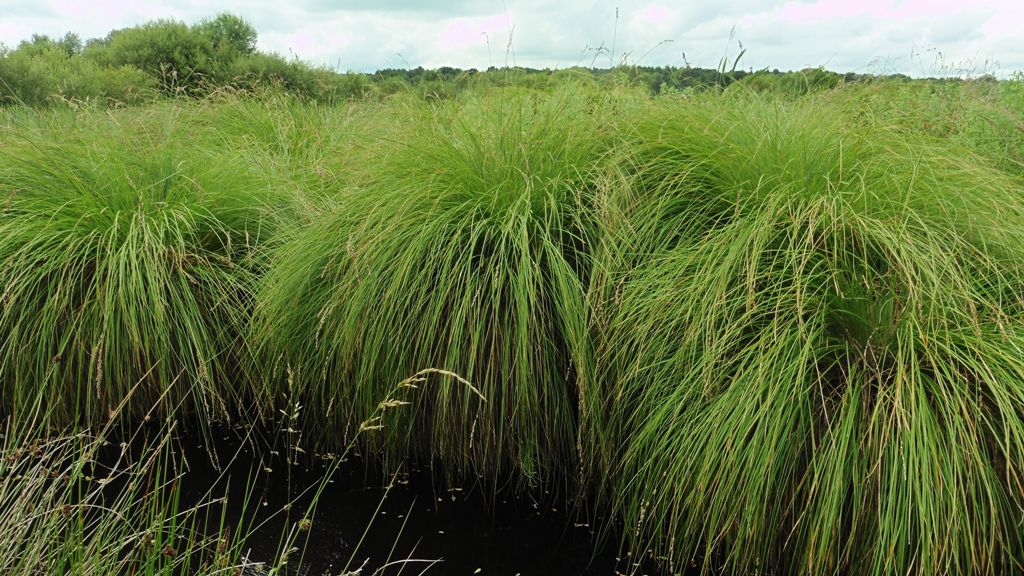
C. paniculata or Greater Tussock-sedge
A large, tussock-forming perennial sedge of wetland habitats, usually somewhat base-enriched, including swamps and fens, the edges of lakes, ponds, canals and ditches, open fen-carr and swampy woodland. It usually grows in the open, where it fruits freely, but tolerates moderate shade, although then it can become smaller and less vigorous, flowering only sparsely.
This is a spectacular and primeval looking sedge which does occur all along the main stream at Cannock Chase.

- C. arenaria or Sand Sedge is mentioned by J. Barker in the Medicinal Flora as a useful species.
Like most grasses and sedges it has a high content of silica making it unpalatable to grazing animals.
While silica has potential therapeutic value in pulmonary and vascular complaints it has not been studied. The rhizome however has a place in folk medicine as an alterative.
Bronchitis & bronchial catarrh. Rheumatic pain. Leclere suggests that it may be useful for gout. Its rputation as a deparative would suggest a beneficial action when taken for skin in poor condition.
This is a creeping plant and therefore can be used like Marram Grass (Ammophila arenaria) to bind dunes and stop them drifting.
C. riparia or Greater Pond Sedge
A rhizomatous perennial sedge of reed-swamps, the edges of pools and lakes, in marshy areas and wet woodland, and along the banks of slow-flowing rivers and canals. It is a species of base-rich, mesotrophic or eutrophic sites. Reproduction is mainly vegetative, but new colonies can arise from seed.
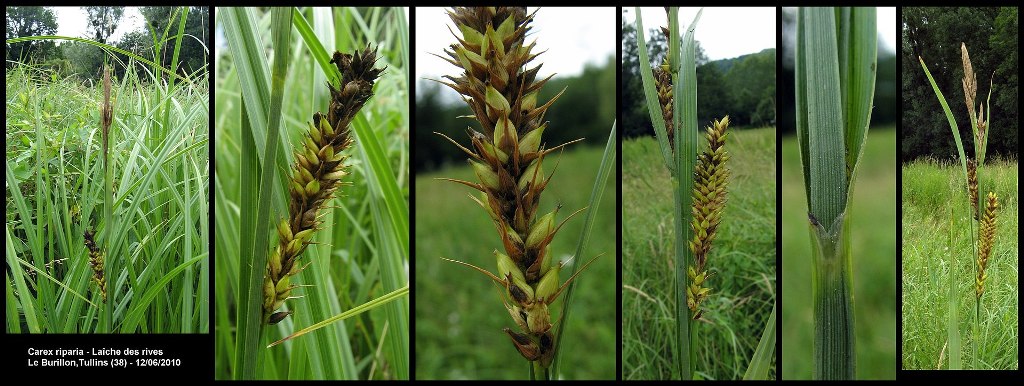
The straw is used for bedding. The root can be cooked and eaten.
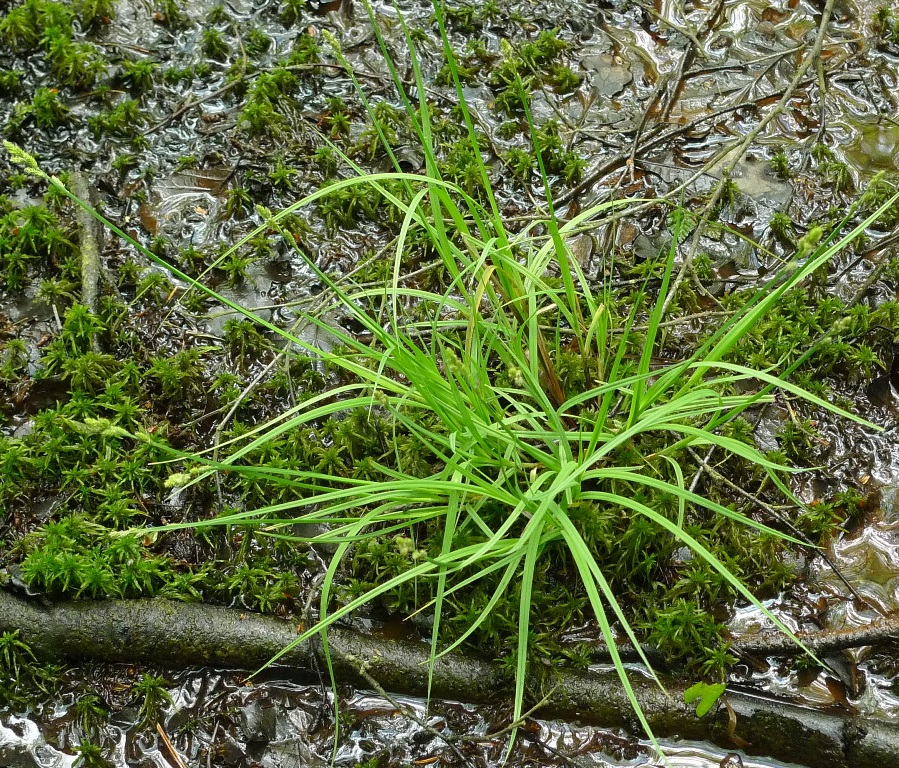
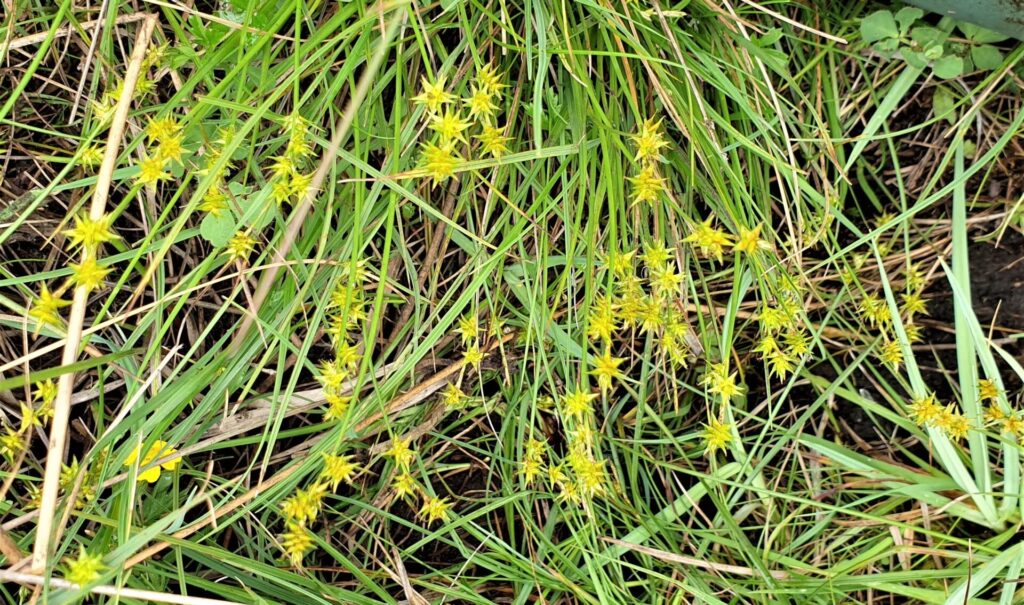
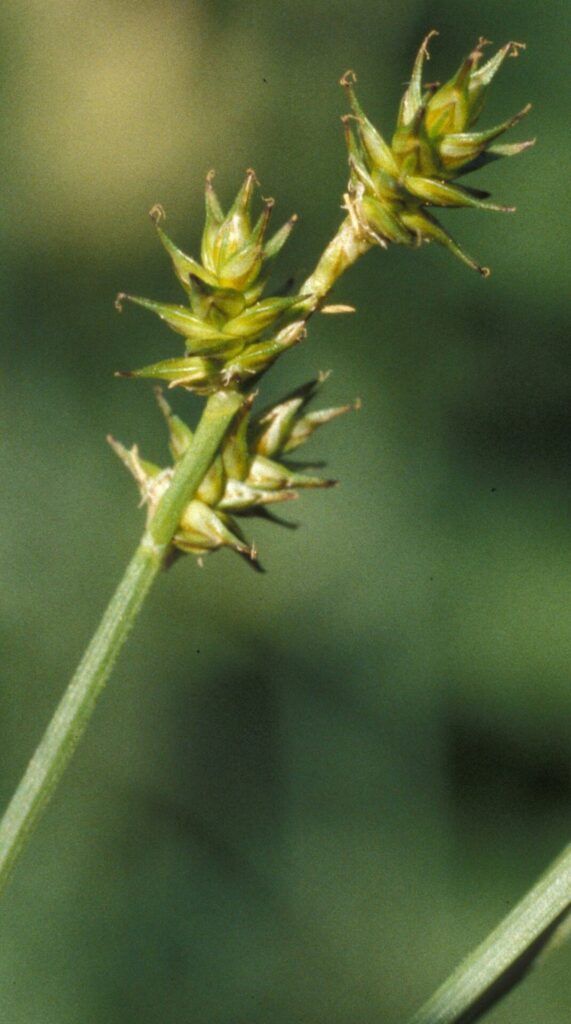
A good evergreen ground cover supplying winter interest. Can be used on slope or Banks. Good in containers. Can make a good edging plant. Deer resistant and shade tolerant. Recommended as a groundcover under trees and shrubs. Wildlife Habitat – provides cover for small wildlife. Fiber. C. sylvatica was used as wadding in order to retain heat by Laplanders (English Botany. Sowerby and Smith, 1802).
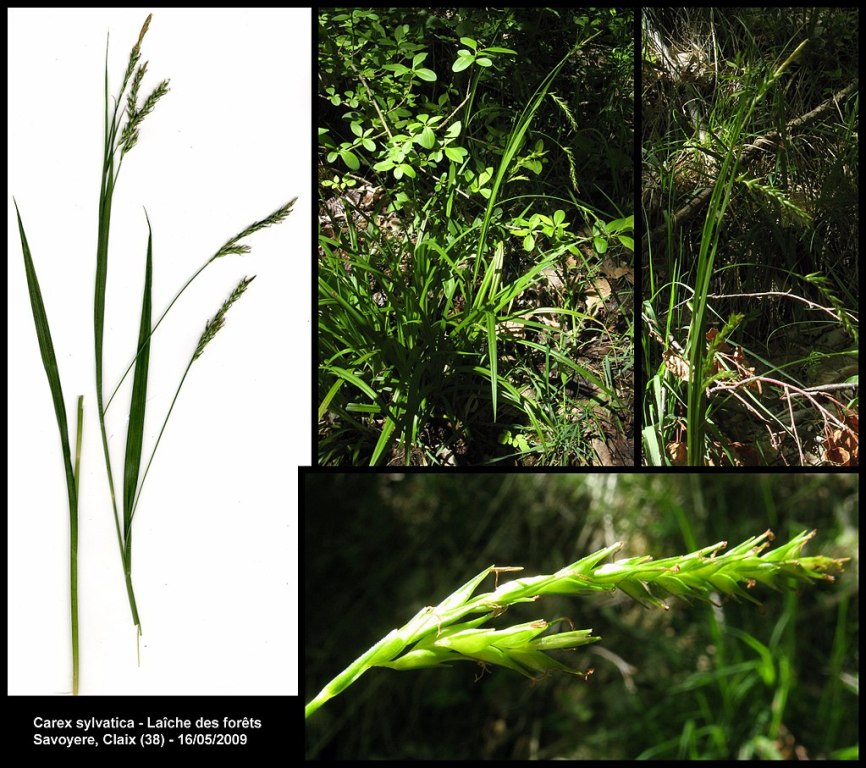
It can be used in gardens as ground cover under trees or shrubs; Carl Linnaeus recorded that the Sami people used the plant as an insulating wadding.


It is cultivated by plant nurseries as an ornamental plant, planted for accent or as a groundcover in gardens and public landscapes. It is also used in drought tolerant landscaping and erosion control plantings. It grows in sun to part shade settings.
As the seeds of C. pilulifera ripen, the culms bend, and can eventually touch the ground. The seeds are then dispersed by ants, particularly Myrmica ruginodis, in a process known as myrmecochory, and are eaten by other insects, such as the ground beetle Harpalus fuliginosus.
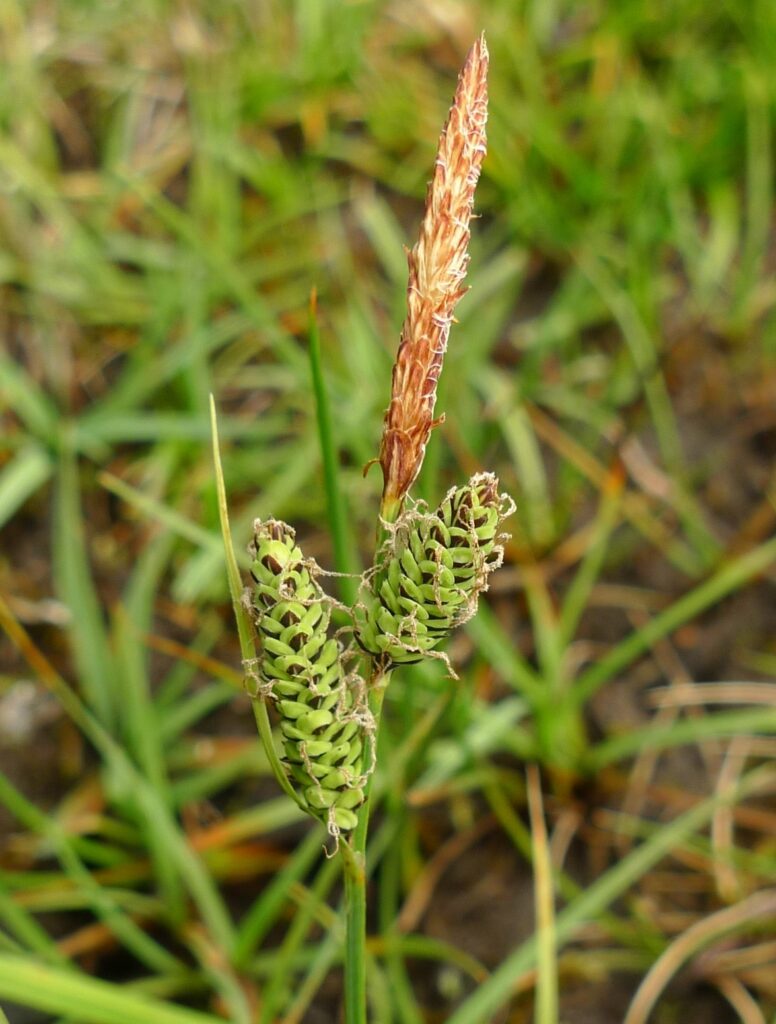
C. nigra or Common Sedge
The fruits of this sedge go black as they mature hence its name Carex nigra.
C. pendula or Pendulous Sedge
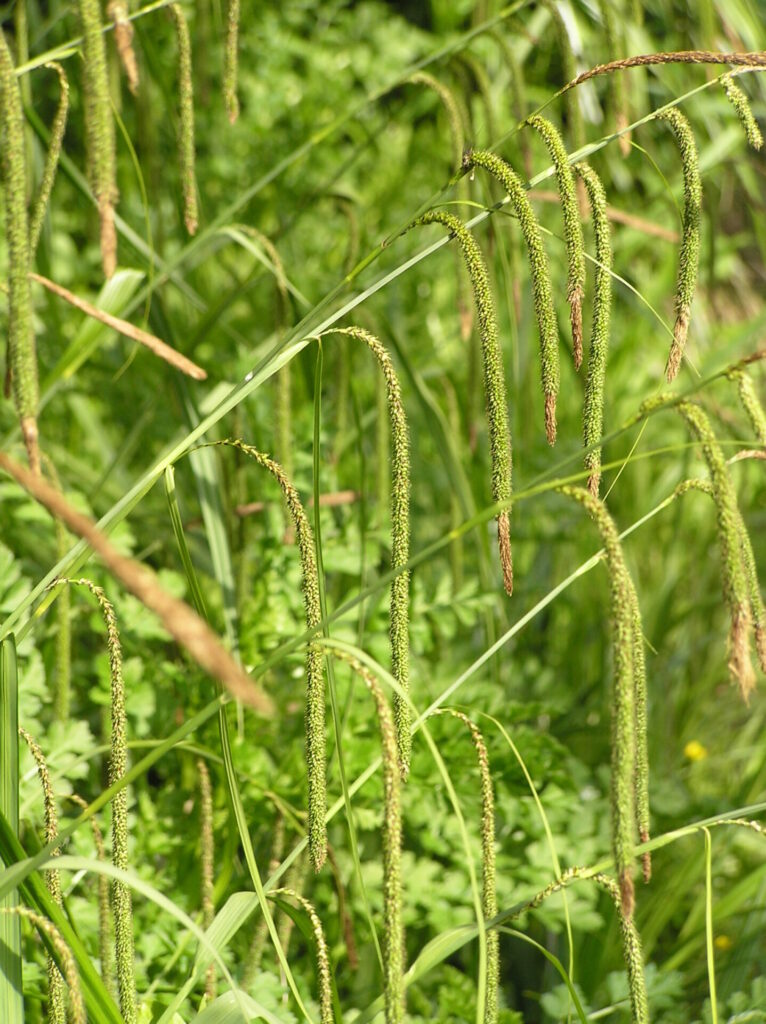
A perennial sedge of damp base-rich, heavy (often clay) soils, in shaded habitats. It is found in deciduous woodland, by ditches, ponds, streams, in hedgerows and on tracksides. Reproduction by seed can be prolific and this sedge is becoming ubiquitous and locally invasive in many parts of Britain and Ireland, often originating as a garden escape. Additionally, seeds appear able to survive for many years in the soil.
This is a large sedge to finish off with! It is frequently growing in the gardens I look after. It is mostly not welcome though as it is a very enthusiastic and seeds about in the Walsall clay soil! In nature it occurs in woodland, scrubland, hedges and beside streams, preferring damp, heavy clay soils. It is sometimes grown as a garden plant because of its distinctive appearance.
To finish off: a gallery of pictures showing the diversity of several sedges, taken in Birmingham & Black Country area by M. Poulton.
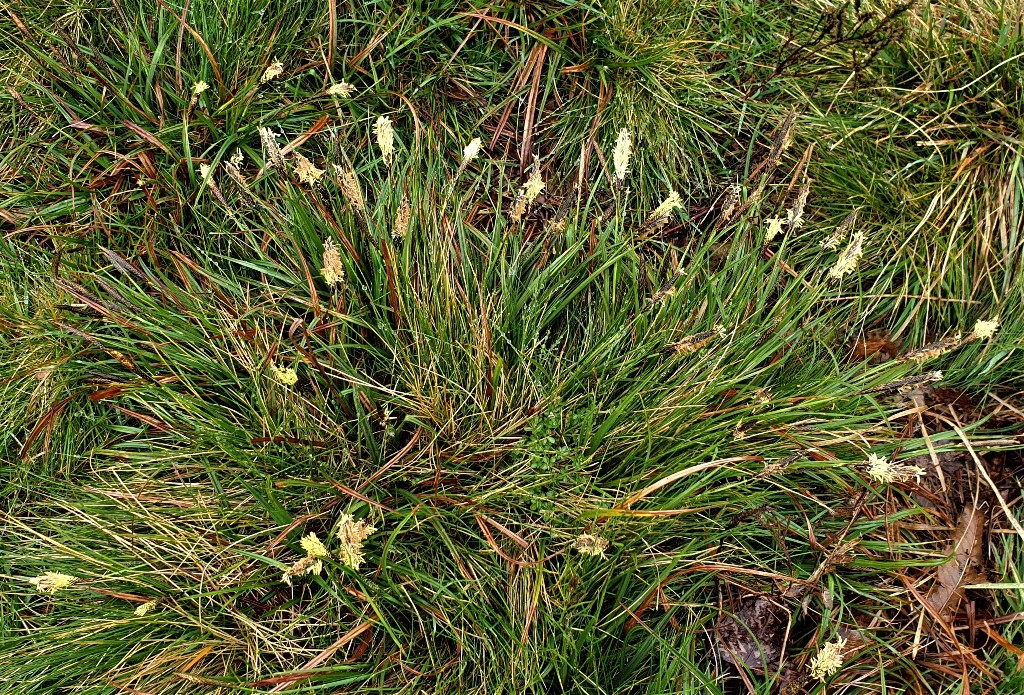

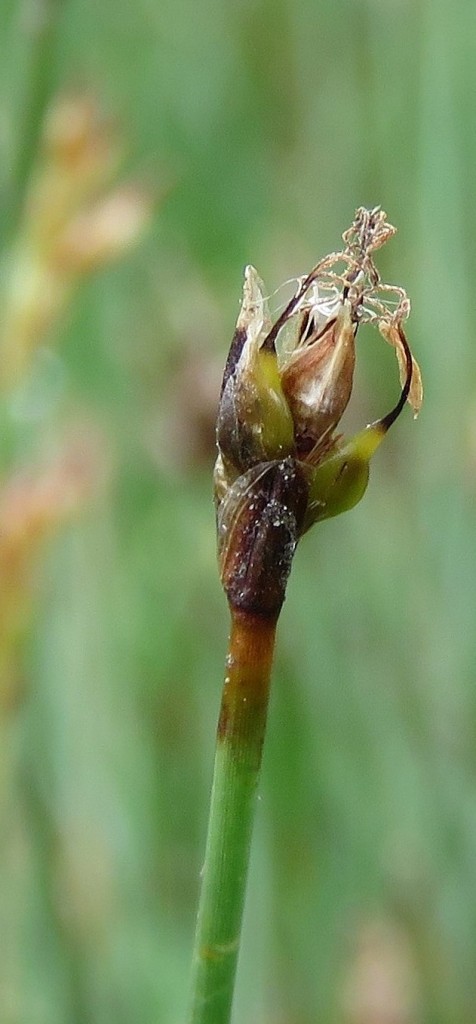

B &BC)),

